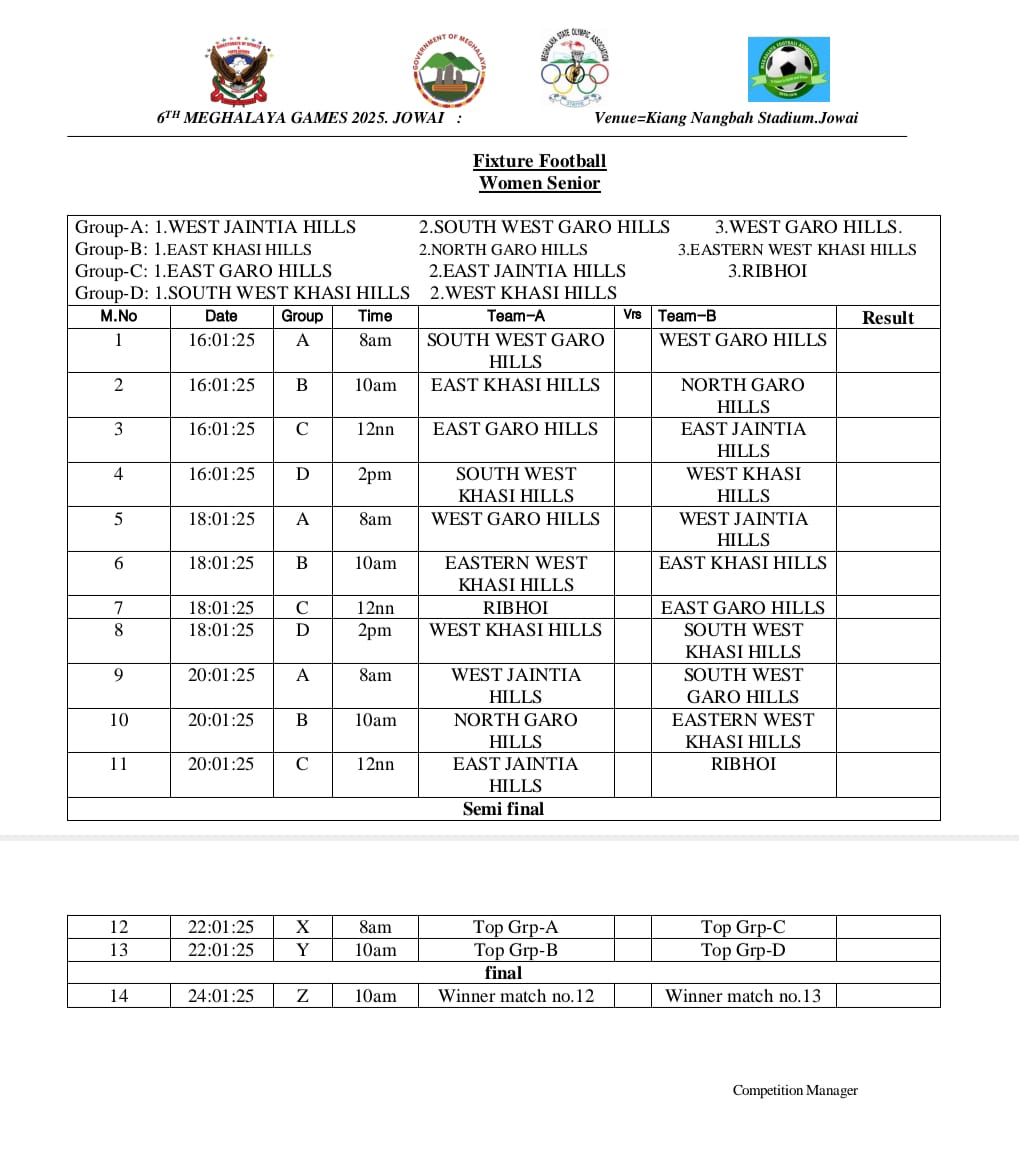The Cabinet Committee on Economic Affairs chaired by the Prime Minister Shri Narendra Modi has approved the development of 8 important National High Speed Corridor projects with a Length of 936 km at a cost of Rs. 50,655 croreacross the country. Implementation of these 8 projects will generate an estimated 4.42 crore mandays of direct and indirect employment.
Project Briefs:
1. 6-Lane Agra – Gwalior National High-Speed Corridor:
The 88-km high-speed corridor will be developed on Build-Qperate-Transfer (BOT) mode as a fully access-controlled 6-lane corridor at a total capital cost of Rs. 4,613 Crore. The project will supplement the existing 4-lane National Highway to increase the traffic capacity by more than 2 times in the Agra – Gwalior section of the North South Corridor (Srinagar – Kanyakumari). The corridor will enhance connectivity to key tourist destinations in Uttar Pradesh (e.g., Taj Mahal, Agra Fort, etc) and Madhya Pradesh (e.g., Gwalior Fort, etc). It will reduce the distance between Agra and Gwalior by 7% and the travel time by 50%, thereby bringing in a substantial reduction in logistics cost.
The 6 lane access-controlled Agra- Gwalior greenfield highway will be starting from design km 0.000 (near village Deori in district Agra) to design km 88-400 (near village Susera in district Gwalior) in the states of Uttar Pradesh, Rajasthan and Madhya Pradesh including the overlay/strengthening and other road safety and improvement works on existing Agra-Gwalior section of NH-44.
2. 4-Lane Kharagpur – Moregram National High-Speed Corridor:
The 231-km 4-lane access-controlled high-speed corridor between Kharagpur and Moregramwill be developed in Hybrid Annuity Mode (HAM) at a total capital cost of Rs. 10,247 Crore. The new corridor will supplement the existing 2-lane National Highway to increase the traffic capacity by about 5 times between Kharagpur and Moregram. It will provide efficient connectivity for traffic between states such as West Bengal, Odisha, Andhra Pradesh etc. on one end and North-Eastern part of the country on the other. The corridor will enable reduction in travel time from existing 9 to 10 hours to 3 to 5 hours for freight vehicles between Kharagpur and Moregram, thereby reducing logistics cost.
3. 6-Lane Tharad – Deesa – Mehsana – Ahmedabad National High-Speed Corridor:
The 214-km 6-Lane High-Speed Corridor will be developed in Build – Operate – Transfer (BOT) mode at a total capital cost of Rs. 10,534 Crore. The Tharad – Ahmedabad corridor will provide connectivity between two key National Corridors in the state of Gujarat, viz., Amritsar – Jamnagar Corridor and Delhi – Mumbai Expressway, thereby providing seamless connectivity for the freight vehicles originating from industrial regions of Punjab, Haryana, and Rajasthan to the major ports in Maharashtra (JNPT, Mumbai and newly-sanctioned Vadhavan port). The corridor will also provide connectivity to key tourist destinations in Rajasthan (e.g., Mehrangarh Fort, Dilwara Temple, etc.) and Gujarat (e.g., Rani ka Vav, Ambaji Temple, etc.). It will further reduce the distance between Tharad and Ahmedabad by 20% and the travel time by 60%, thereby improving logistics efficiency.
4. 4-lane Ayodhya Ring Road:
The 68-km 4-lane access-controlled Ayodhya Ring Road will be developed in Hybrid Annuity Mode (HAM) at a total capital cost of Rs. 3,935 Crore. The Ring Road will reduce congestion on National Highways passing through the city, viz., NH 27 (East West Corridor), NH 227 A, NH 227B. NH 330, NH 330A, and NH 135A, thereby enabling fast movement of pilgrims visiting the Rama Mandir. The Ring Road will also provide seamless connectivity to national and international tourists arriving from Lucknow International Airport, Ayodhya Airport and major railway stations in the city.
5. 4-Lane Section between Pathalgaon and Gumla of Raipur-Ranchi National Highspeed Corridor:
The 137-krn 4-lane access-controlled Pathalgaon – Gumla section of Raipur – Ranchi Corridor will be developed in Hybrid Annuity Mode (HAM) at a total capital cost of Rs. 4,473 Crore to complete the whole corridor. It will enhance connectivity between mining areas in Gumla, Lohardaga, Raigarh, Korba and Dhanbad and industrial and manufacturing zones located in Raipur, Durg, Korba, Bilaspur, Bokaro, and Dhanbad.
The 4-Lane Pathalgaon-Kunkun-Chhattisgarh/Jharkhand Border-Gumla-Bhardasection of National Highway-43 will be starting from end point of National Highway-130A near TuruaAma village and ending at Chainage 82+150 of Palma-Gumla Road near Bharda village as part of Raipur-Dhanbad Economic Corridor.
6. 6-Lane Kanpur Ring Road:
The 47-km 6-Lane Access-Controlled section of Kanpur Ring Road will be developed in Engineering, Procurement and Construction Mode (EPC) at a total capital cast of Rs. 3,298 Crore. This section will complete the 6-lane National Highway Ring around Kanpur. The Ring Road will enable segregation of long-distance traffic on the key National Highways, viz., NH 19 – Golden Quadrilateral, NH 27 – East West Corridor, NH 34 and upcoming Lucknow – Kanpur Expressway and Ganga Expressway from the city-bound traffic, thereby improving logistics efficiency for freight travelling between Uttar Pradesh, Delhi, Bihar, Jharkhand and West Bengal.
The Six-Lane Greenfield Kanpur Ring Road will be starting from Design Chainage (Ch.) 23+325 to Design Ch. 68+650 (Length = 46.775 km) with Airport Link Road (Length = 1.45 km).
7. 4-Lane Northern Guwahati Bypass and Widening/Improvement of Existing Guwahati Bypass:
121-km Guwahati Ring Road will be developed in Build Operate Toll (BOT) mode at a total capital cost of Rs. 5,729 Crore in three sections viz., 4-lane Access-Controlled Northern Guwahati Bypass (56 km), widening of the existing 4-lane bypass on NH 27 to 6 lanes (8 km), and improvement of existing bypass on NH 27 (58 km). A major bridge over river Brahmaputra will also be constructed as a part of the project. The Guwahati Ring Road will provide seamless connectivity to long-distance traffic plying on National Highway 27 (the East West Corridor), which is the gateway to North-East Region of the country. The Ring Road will ease congestion on major National Highways around Guwahati, connecting major cities/ towns in the region – Siliguri, Silchar, Shillong, Jorhat, Tezpur, Jogigopha, and Barpeta.
8. 8-Lane Elevated Nashik Phata – KhedCorridor near Pune:
30-km 8-Lane elevated National High-Speed Corridor from Nashik Phata to Khed near Pune will be developed on Build-Operate-Transfer (BOT) at a total capital cost of Rs. 7,827 Crore. The elevated corridor will provide seamless high-speed connectivity for traffic originating from/ heading to industrial centers of Chakan, Bhosari etc. on NH-60 between Pune and Nashik. The corridor will also alleviate serious congestion around Pimpri-Chinchwad.
The 8-Lane Elevated Flyover at Tier – 1 on Single Pier including Upgradation of Existing Road to 4/6 Lane with 2 Lane Service Road on both sides of Nashik Phata to Khed will be completed on (Pkg-1: from km 12.190 to km 28.925 & Pkg-2: from km 28.925 to km 42.113) section of NH-60 in the state of Maharashtra.
Background:
Infrastructure development is the foundation for a country’s economic prosperity and is critical for improving the quality of life of its citizens. Every rupee spent on infrastructure development has a multiplier effect of about 2.5-3.0 times on GDP.
Realizing the importance of infrastructure in overall economic growth of the country, Government of India has been investing heavily in building world-class road infrastructure in the country over the last ten years. The length of National Highways (NH) has increased abourl.6 times from 0.91 lakh km in 2013-14 to 1.46 lakh km currently. There has been a significant increase in pace of award and construction of National Highways in the country in the last 10 years. For instance, the average annual pace of award of NH contracts has increased by 2.75 times from about 4,000 km in 2004-14 to about! 1,000 km in 2014-24. Similarly, the average annual construction of National Highways has also increased by about 2.4 times from about 4,000 km in 2004-14 to about 9,600 km in 2014-24. The total capital investment in National Highways including private investment has increased by 6 times from Rs. 50.000 Crore in 2013-14 to about Rs. 3.1 Lakh Crore in 2023-24.
Further, Government has adopted a corridor-based highway infrastructure development approach with focus on ensuring consistent standards, user convenience and logistics efficiency, as compared to the earlier project-based development approach, focused on addressing stretches of local congestion. This corridor approach has led to the identification of a network of 50,000 km of High-Speed Highway Corridors through a scientific transport study based on GSTN and toll data to support India’s transformation into a $30+ Trillion economy by 2047.


